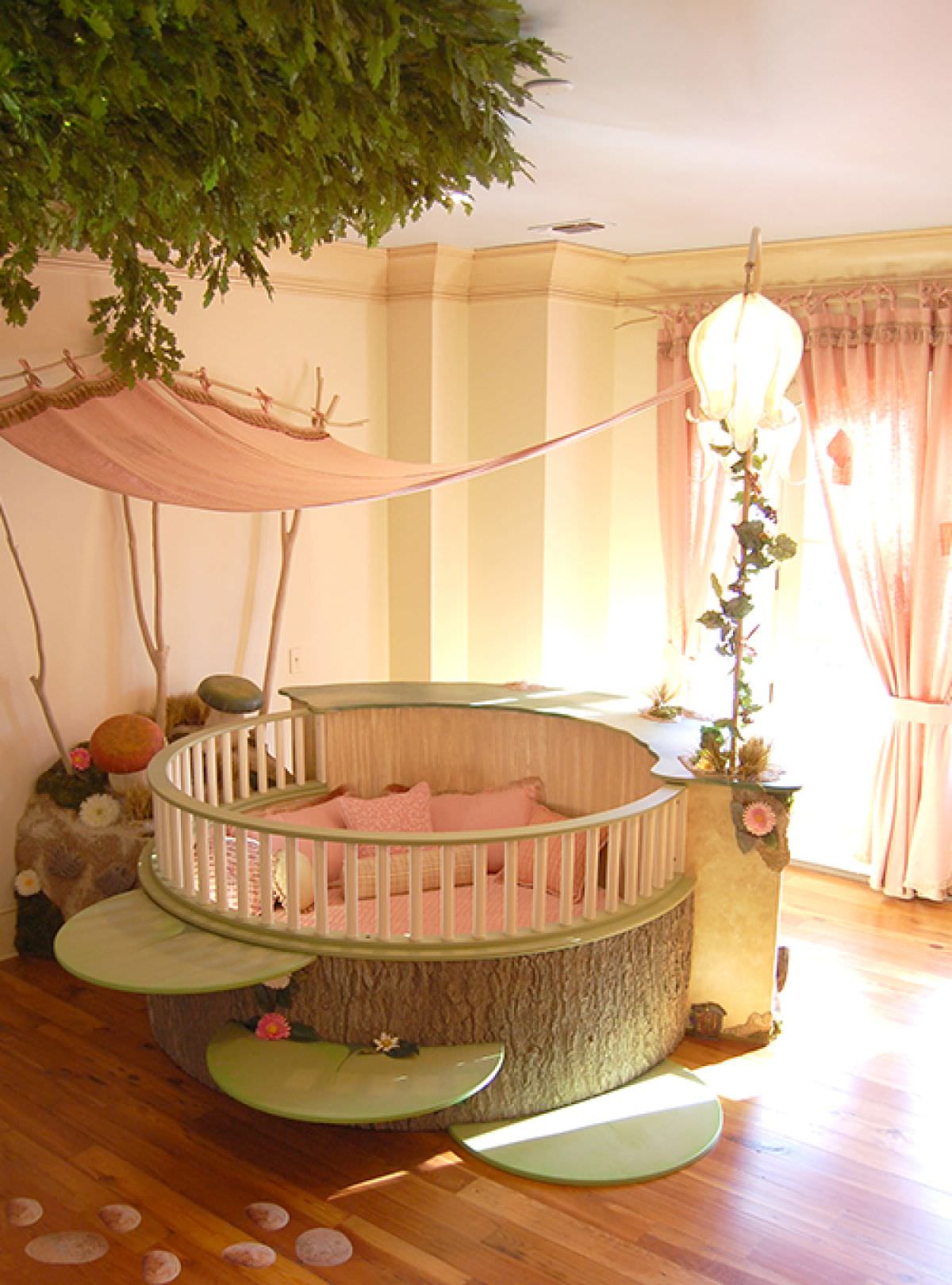


To obtain the representative sample of dataset please visit They are resampled to be with size 300x300x200, and voxel resolution 0.06x0.06x0.06 mm. All datasets are stored with little endian. The provided diffusion tensor image is a voxel-wise image with each voxel containing 6 tensor components in float format. The corresponding file names are provided in the table. Also provided are the corresponding FA images.

In each stage, we include one male subject and one female subject, as well as the group averaged image in this day. In the following table, the representative datasets from 9 development stages (days) are provided. However, within several weeks, they will have reached maturity and begin mating.These mouse datasets provide developmental patterns across subjects and gender for understanding growth and development of murine brains with respect to structural changes observed via diffusion properties. Baby field mice are born blind, bald and deaf. Reproduction & Life Cycleįemales are able to become pregnant every month. The 10-fold viral dilution reduces the amount of infectious virus present, thereby reducing the number of infected mouse L cells and providing a field of view with a countable. Figure 3: Mouse L cells infected with a 1/10 viral dilution and viewed with epifluorescence at 200x magnification. Most field mice do not survive to their second year. This image shows the same field of view as Fig. Mice use their coats as camouflage, blending in with rocks or dried leaves.ĭespite this, these mice are often consumed by their predators. Nocturnal in nature, they are cautious and venture outside only after having fully assessed their surroundings. These mice are prey to cats, dogs, bears, wolves, snakes, owls and rabbits. Many mice are scavengers that will feed on any food available to them. They are extremely curious.įield Mouse vs. Mice range in color depending on species and can be brown, black or white in color, with tails of varying length. However, several species may also be found dwelling in the plains, forests and in old, rural homes. As the name implies, they are common in fields, which is also true of many other mice species. Field mice is a term used for a variety of mice found in the U.S.


 0 kommentar(er)
0 kommentar(er)
